Each year, World EV Day promotes the importance of sustainable transport, and this year, in 2024, it’s probably more relevant than ever. As the world is realising our battle with climate change is going to be a big one, the electric vehicle (EV) initiative offers a cleaner, greener alternative to fossil-fuelled vehicles. On September 9th, we acknowledge that there is and will continue to be a shift towards a more sustainable automotive industry.
The Start of World EV Day
Back in 2020, World EV Day began with a mission to celebrate electric vehicles and encourage more drivers to make the switch. Fast forward to 2024, and EVs are no longer the niche products they once were. The event has grown into a global movement, with governments, car manufacturers, and consumers coming together to push for an electric-powered future.
The transportation sector remains a significant contributor to global carbon emissions, and EVs offer one way to reduce this footprint. According to the 2022 World EV Day whitepaper, the number of EVs on global roads doubled between 2021 and 2022 as more drivers understand their impact on the planet.
Why 2024 is important
The UK is pushing towards a ban on the sale of new petrol and diesel cars from 2035. With advancements in battery technology, more efficient charging stations, and increased affordability, the barriers to going electric are gradually coming down.
That being said, there’s still work to be done. The 2022 whitepaper research highlighted that while 64% of people planning to buy a car would consider an EV, many still find the process confusing. Concerns about the perceived cost and availability of charging infrastructure remain common stumbling blocks.
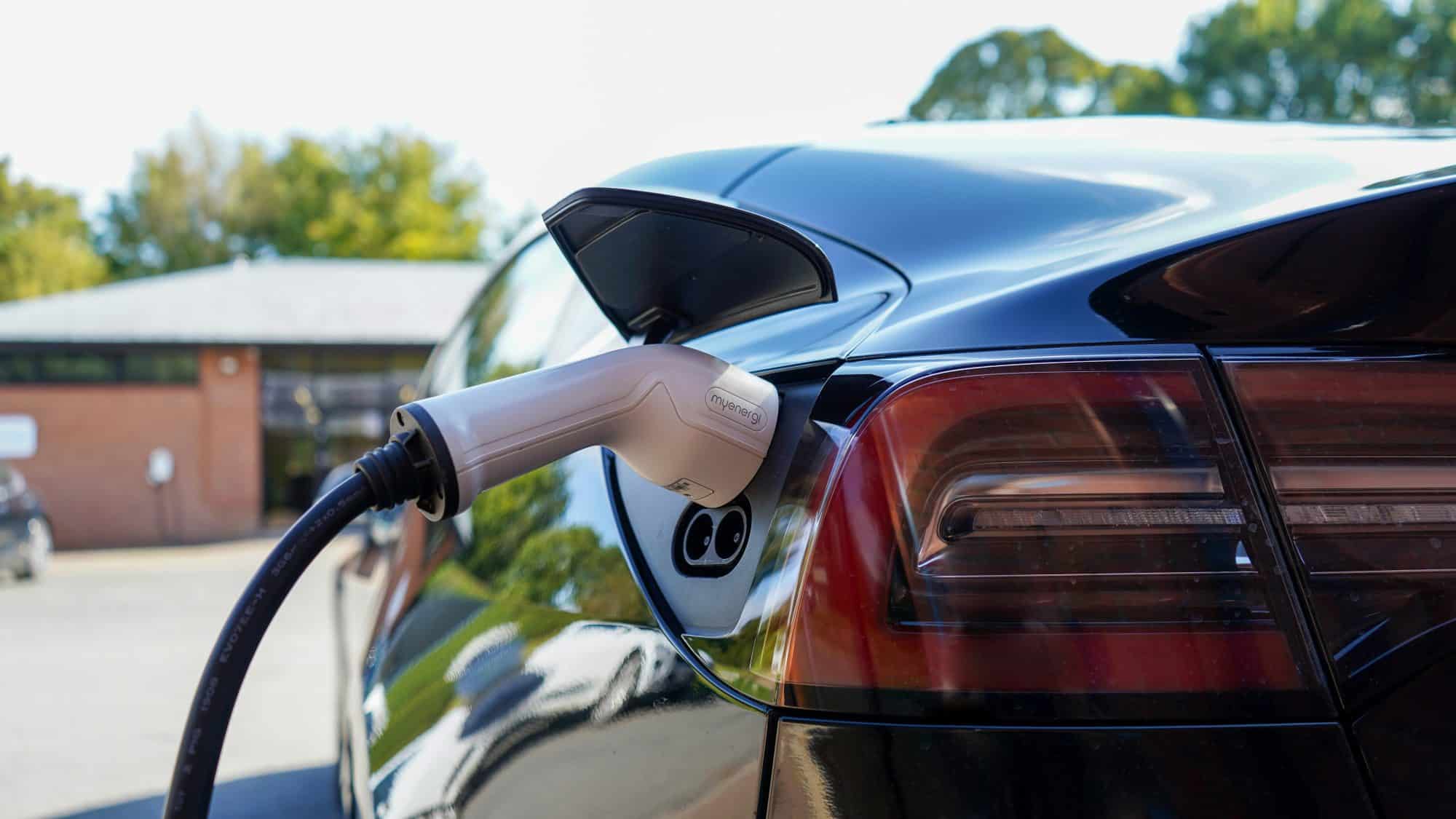
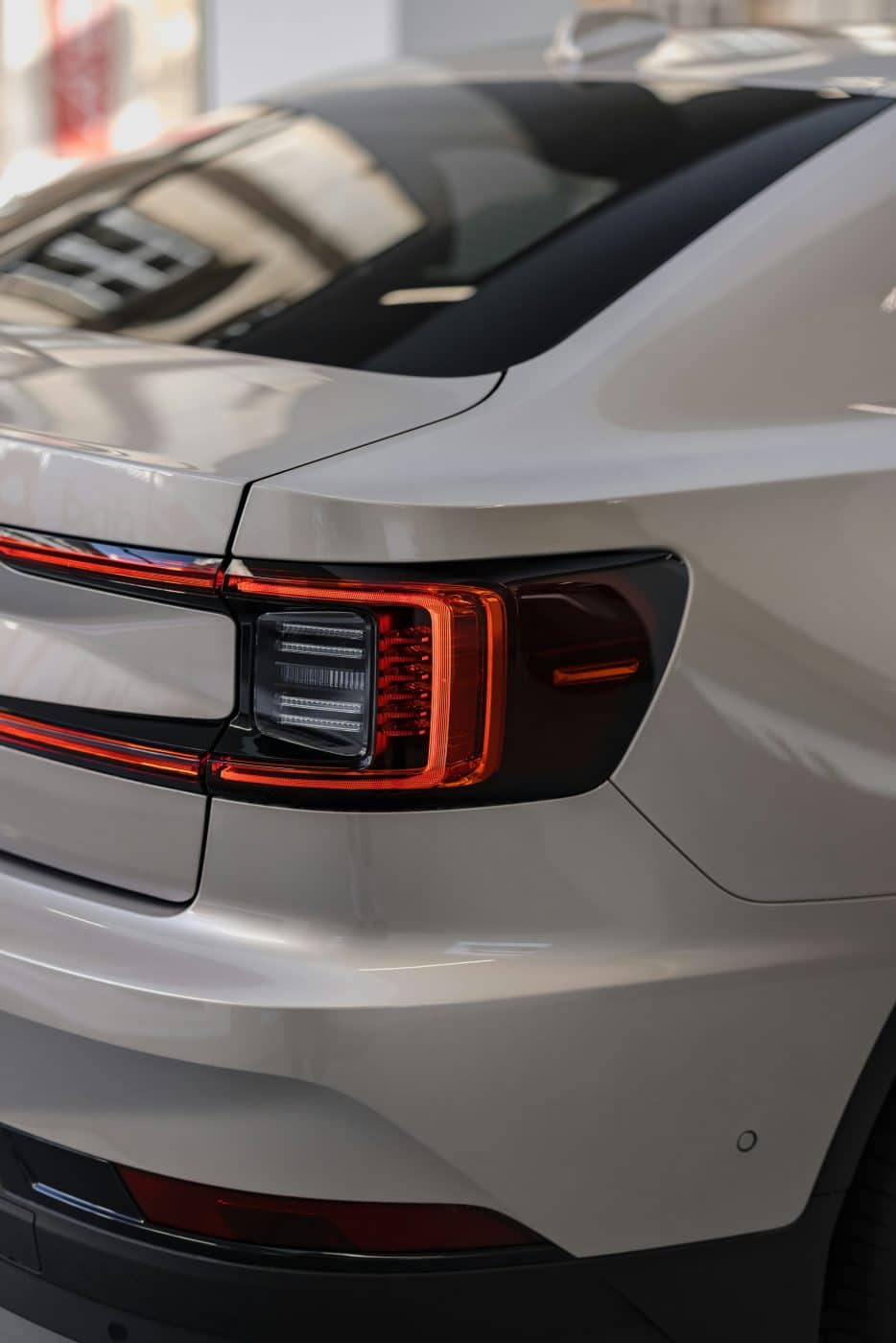
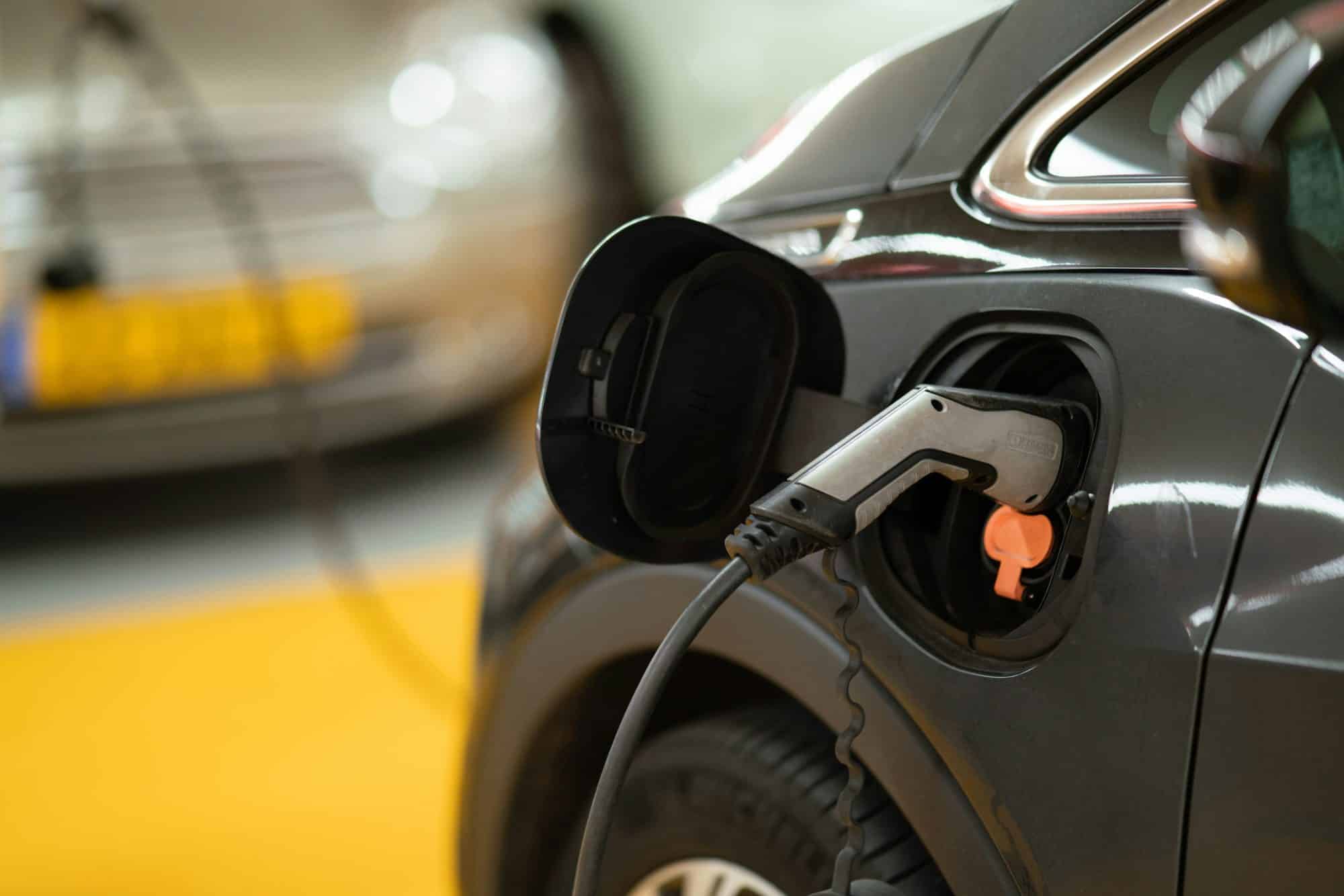
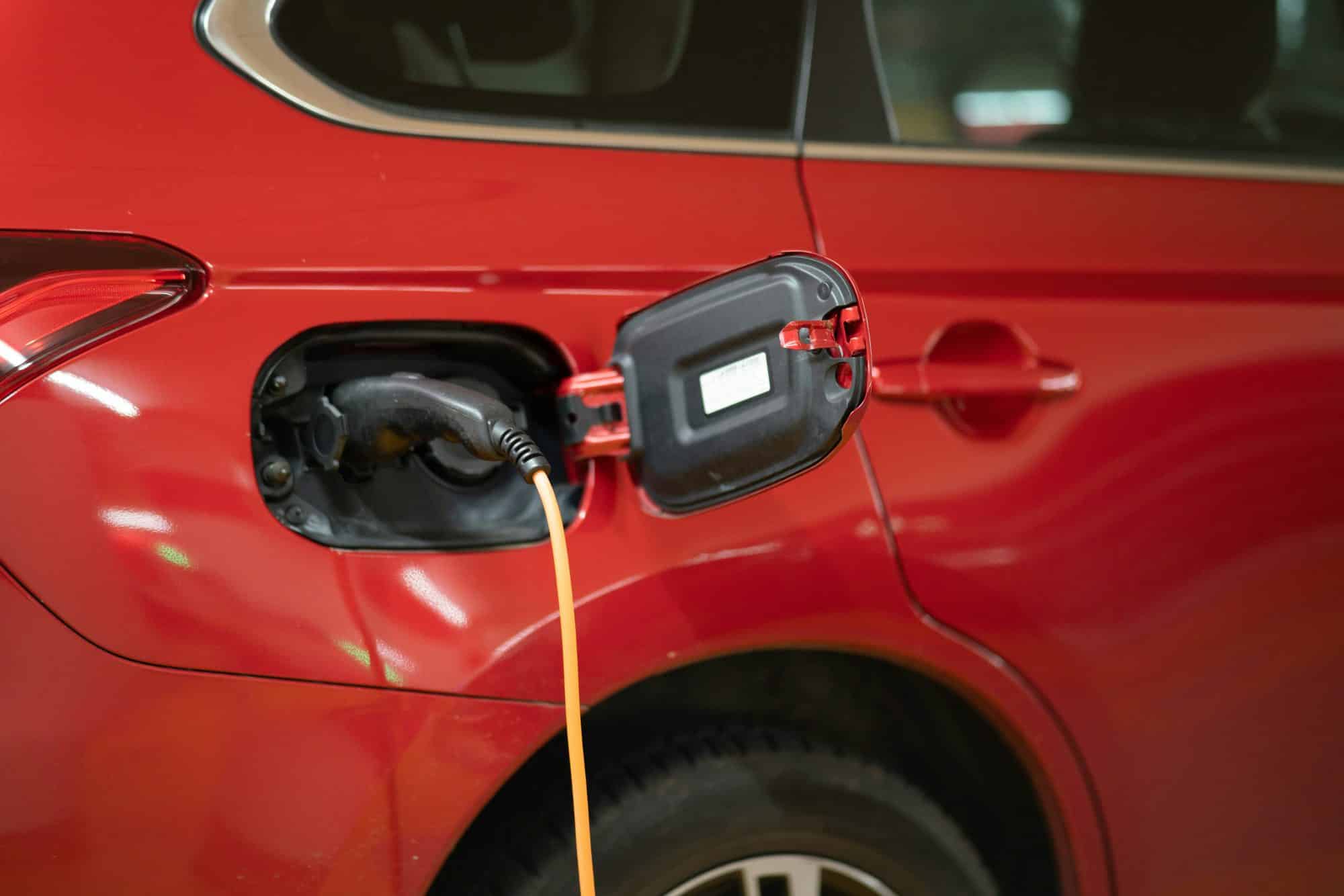
What’s New in 2024?
In 2024, several exciting technologies are big talking points. Solid-state batteries, which promise faster charging times, longer ranges, and increased safety, are set to potentially change the game. As manufacturers work to perfect this technology, it could mean the end of range anxiety – one of the biggest concerns for potential EV buyers.
Another development is vehicle-to-grid (V2G) technology, which allows EVs to not just take power from the grid but also give it back. This can help balance supply and demand on the grid, especially during peak times. Imagine using your EV to power your home during a blackout or helping your local grid during an energy crunch – that’s the kind of future people in the EV world want.
Charging Infrastructure: A Key Piece of the Puzzle
One of the biggest concerns for anyone thinking of going electric is where and how to charge their car. . According to data from 2022, the UK saw a 35% increase in public charging stations. This growth is critical as more people switch to EVs.
Ultra-fast chargers, which can top up an EV in around 20 minutes, are becoming more widespread, making long-distance travel in an EV more convenient. Home charging stations are also more affordable and easier to install, allowing drivers to wake up every morning to a fully charged vehicle. Businesses are also stepping up, with companies like Shell Recharge partnering with retailers like Aldi to provide convenient charging points at popular locations.
Addressing Concerns: Making the Switch Easier
One of the themes for World EV Day 2024 is accessibility. While many people like the idea of switching to electric, there’s still hesitation. Affordability, particularly for younger and rural drivers, remains a challenge. The whitepaper found that 53% of drivers agreed that the process of switching to an EV was confusing, often due to concerns around cost.
But there are reasons to be optimistic. The growing second-hand EV market is providing a more affordable entry point for many drivers. Companies like Auto Trader are reporting a significant rise in searches for used EVs, and this trend is expected to continue as more EVs enter the second-hand marketWith more affordable options and better financing and leasing deals, going electric is becoming more attainable for a broader range of people.
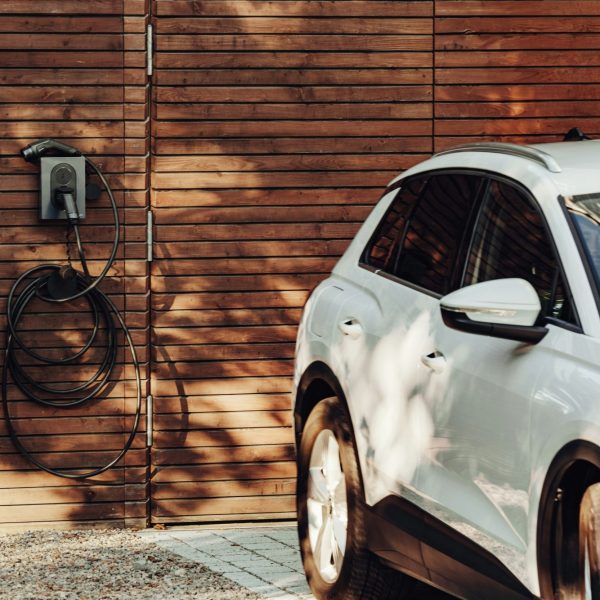
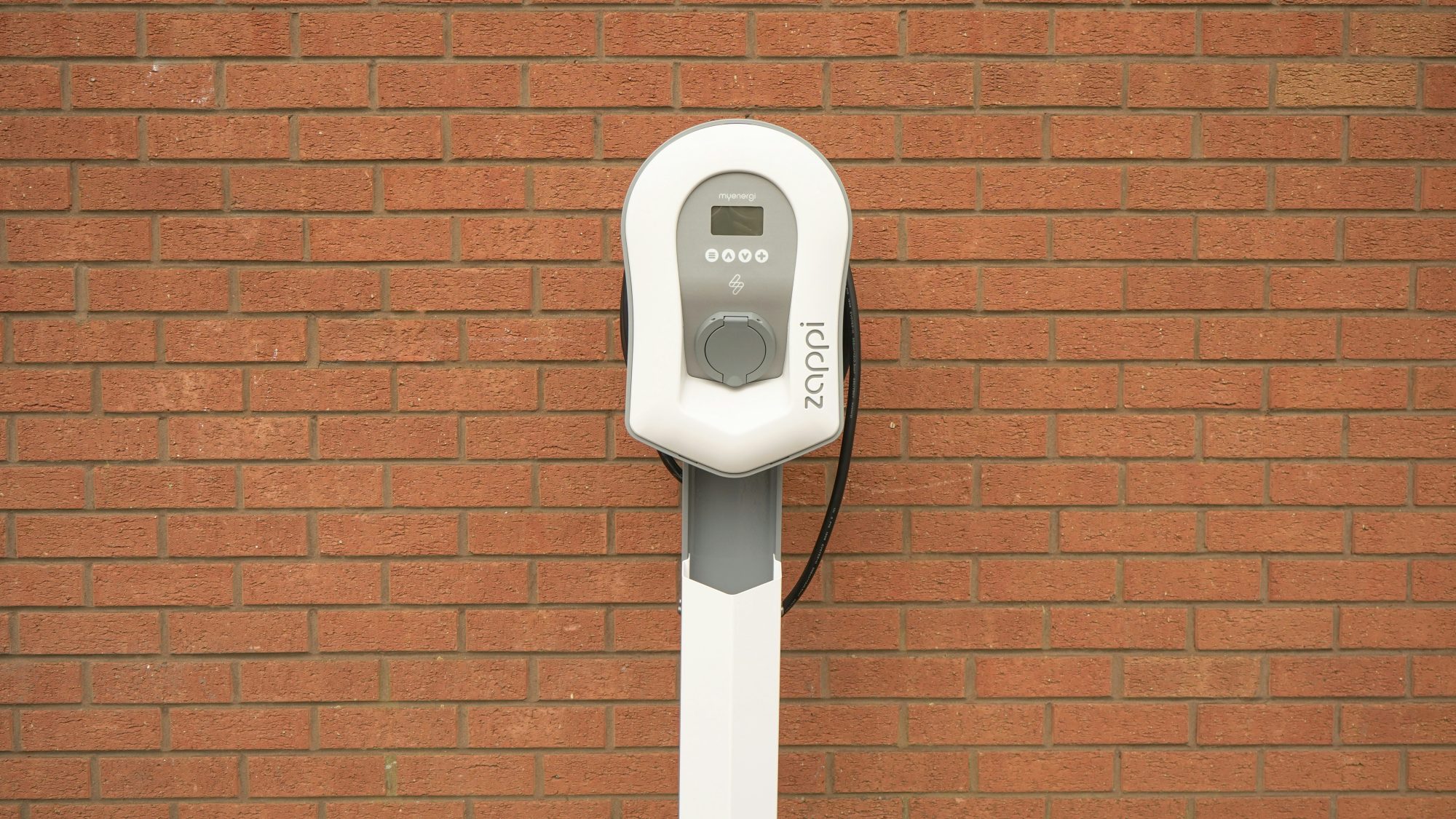

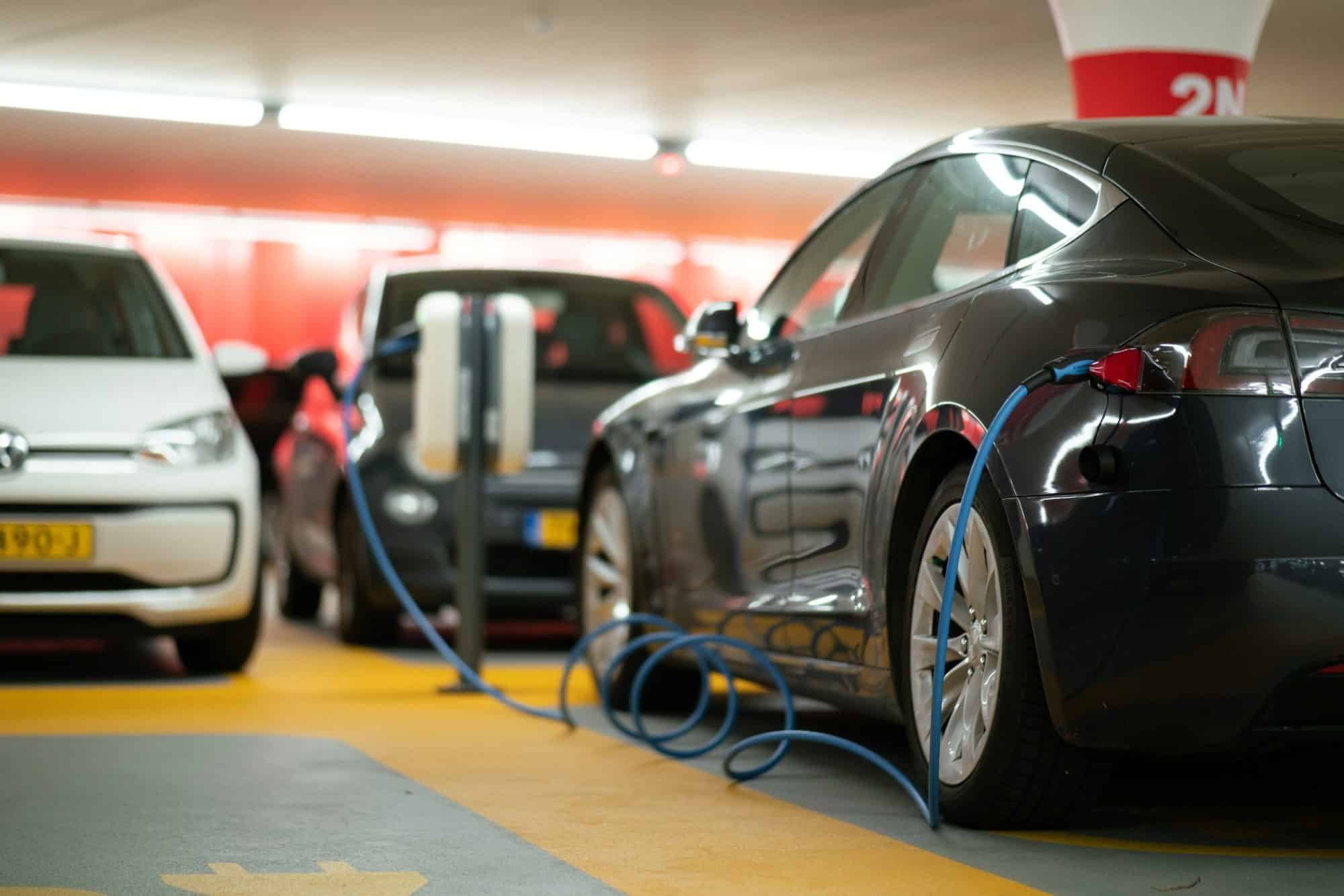
The Role of Governments and Corporations
Government policies have played a significant role in accelerating the transition to electric vehicles. From the EU’s Green Deal to tax incentives in the US, governments are making it easier and more appealing to go electric. Public sector fleets are also leading by example, with many cities electrifying their bus and taxi services.
Companies like Amazon and UPS are transitioning their fleets to electric vehicles, both to reduce emissions and to save on fuel costs. According to the 2022 whitepaper, companies are increasingly recognising that electrification isn’t just good for the planet. it’s good for business.
The Road Ahead: What’s Next for EVs?
As we mark World EV Day 2024, it’s clear that there is a place for EVs. However, there are still challenges to overcome. One major hurdle is public perception, particularly around the environmental impact of EV production, especially batteries. While EVs are undoubtedly cleaner in terms of day-to-day driving, their production and disposal processes still raise environmental concerns.
Manufacturers are working on solutions. For instance, Volkswagen is investing in cleaner production processes and carbon-neutral factories. Battery recycling programs are also gaining traction, helping to address concerns around the lifecycle of EV batteries.
Celebrating a sustainable automotive industry
I think it’s important that we don’t take World EV Day as electric being the only solution to a sustainable automotive industry but rather as a day to recognise the broader shift toward sustainable transportation. It’s about understanding that every step we take towards a greener industry is a step towards a cleaner, healthier planet.
As we look to the future, it’s clear that electric vehicles will likely play a role in our transportation systems. However, I think it’s also important to keep in mind synthetic fuel, hydrogen, and other future fuels that will be developed.

Leave a Reply
You must be logged in to post a comment.